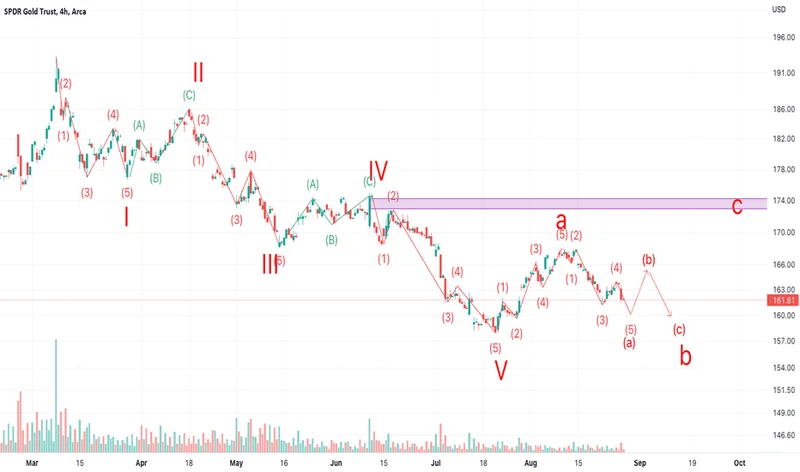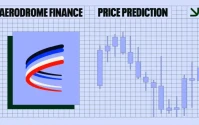The Unseen Tax: Analyzing the Decay of Online Information
In my former life, we obsessed over signal integrity. A corrupted data feed, a missing tick in a price history for a major ETF like `SPY` or `QQQ`—these weren't minor glitches. They were catastrophic failures that could invalidate a model and cost millions. We spent an inordinate amount of time and resources ensuring the data we consumed was pure.
I’ve since come to realize that the public internet, the supposed bedrock of our modern information age, operates on a completely different standard. It’s a system riddled with noise, decay, and transactional friction. We often don't see it until we stop to look at the mundane architecture of our daily browsing. Take two seemingly unrelated artifacts: a cookie consent banner from a major portal and a "page not found" error from a news aggregator. On their own, they are annoyances. Taken together, they are data points that tell a story—a story about the slow, systemic erosion of information.
They represent the two primary forces working against the user today: the tollbooth and the void. One demands a piece of you before granting passage, and the other reveals the passage leads nowhere at all.
The Tollbooth Before the Road
Before you can access a single piece of content—perhaps you were looking up the `gld stock price` or the latest on `NVDA`—you are met with a wall of text. It's a negotiation you didn't ask to be a part of. The Yahoo pop-up is a masterclass in this kind of coercive design. It’s not a simple "yes" or "no." It’s a complex proposition involving hundreds of partners, starting with the declaration that Yahoo is part of the Yahoo family of brands.
The text reveals that clicking 'Accept all' means you and "our partners, including 237 who are part of the IAB Transparency & Consent Framework," will store and access your data. This isn't just about making the site work; it's about "personalised advertising and content, advertising and content measurement, and audience research and services development." These are the quiet euphemisms for a vast, sprawling apparatus designed to model your behavior for profit. The content you came for is secondary to the data you provide.
I've looked at hundreds of these disclosures, and this particular structure is common, but no less revealing. The sheer scale is the point. We're not talking about one company; we're talking about a consortium of over 200—to be more exact, 237 in this specific instance—entities all getting a slice of your digital footprint. This is the unseen tax on information. Before you can determine if a `gold stock` like `GDX` is a good hedge, you must first pay with a stream of personal data that will follow you across the web.

This entire framework is like a complex financial derivative layered on top of a simple asset. The asset is the article you want to read. The derivative is the sprawling ecosystem of trackers, bidders, and analyzers who care less about whether you understand the price of `gold` and more about the fact that you're the type of person who looks it up. What is the true cost of this friction? How much value is extracted from the user before any value is delivered to the user?
The Data Void
The second artifact is, in many ways, more troubling. It's the simple, stark message from Newser: "We're sorry, but the page you have requested does not exist." The tollbooth, at least, implies there's a road on the other side. The 404 error is a dead end. The pointer to the data exists, but the data itself is null.
This is information entropy in its purest form. An article was written, published, and indexed. It was a discrete packet of information, a data point in the world. Now it's gone. This happens at a scale that is difficult to quantify but easy to feel. We see it in our own broken bookmarks and in the "link rot" that plagues older articles, turning vast swathes of the internet's historical record into a digital graveyard.
This is the part of the analysis that I find genuinely unsettling. In quantitative finance, we rely on the integrity of historical data. If you’re back-testing a strategy on the `SLV` silver ETF, you need a complete price history. You can't have random days or weeks just missing from the record. Yet we've accepted that this is the default state of our collective digital memory. An article about a market event from five years ago might as well be a ghost.
It raises a fundamental methodological question: how can we analyze trends or build a durable understanding of any topic when the underlying source material is ephemeral? It's like trying to be an archeologist when the artifacts spontaneously turn to dust. What is the half-life of a news article? How does this constant decay and survivorship bias in information affect our public discourse and collective intelligence? We don't have good answers because we're not even consistently measuring the problem.
A System of Broken Pointers
When you put the two exhibits together, the picture becomes clear. We have built an information ecosystem that is simultaneously obsessed with tracking the user while being remarkably cavalier about preserving the information the user is trying to access. The transactional layer has become more robust and more valuable than the content layer it was built to support. The incentives are aligned around data extraction, not information preservation. The result is a web that feels both predatory and brittle, a landscape of tollbooths leading to ever more frequent dead ends. The signal is being systematically degraded by the noise of its own infrastructure.










